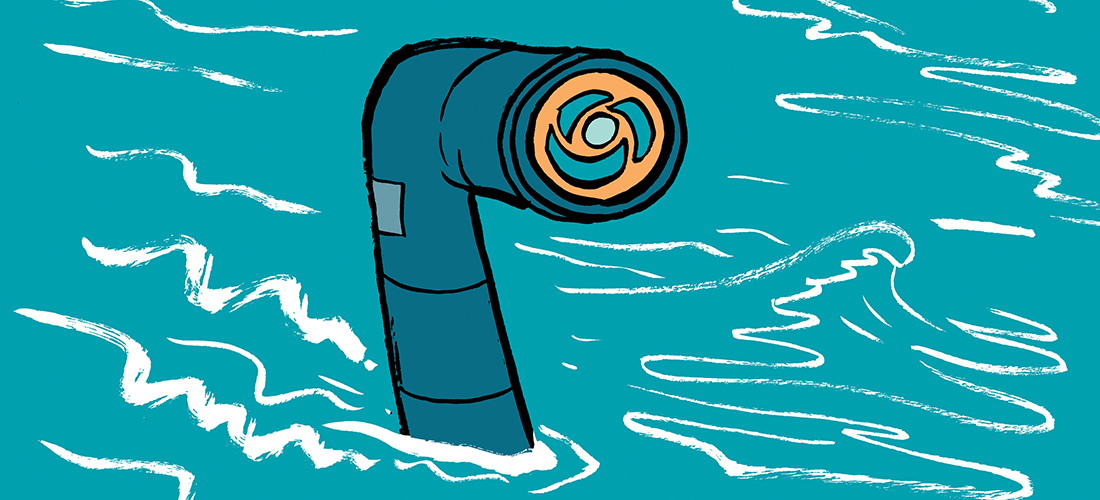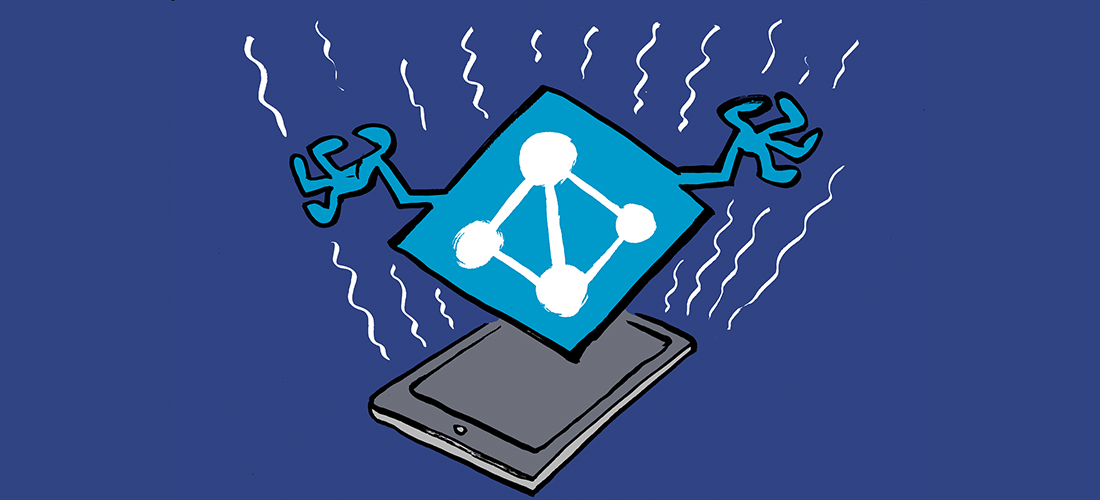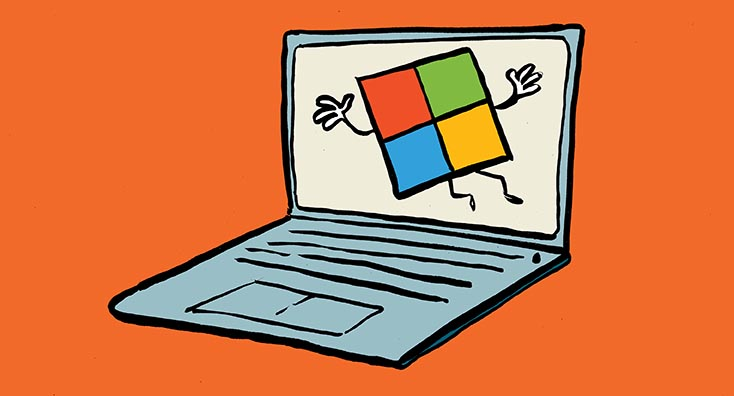A long time ago I was working on an Exchange upgrade project, and I’d reached the stage where we were ready to remove the old servers from the environment. It was either Exchange 2000 or 2003 that I needed to uninstall, I can’t remember. But either way, the issue I ran into was that the uninstall process for Exchange required access to the Exchange install media.
Of course, the client did not have the Exchange CDROM any more. I happened to have a copy myself, but not with me at the time. So it took another trip out to the customer site the following day to complete the work. A pain, but not the end of the world. I resolved to keep a copy of the Exchange install CDs on me whenever I was working at customer sites. I’ve kept up that habit with installers and service packs for Exchange 2007 and 2010, and continued with Exchange 2013/2016 cumulative updates. Even if I don’t happen to be installing a particular CU (I no longer have Exchange 2013 servers running anywhere, for example) I still download each CU when they’re released and store a copy on my NAS.
Fast forward to today, and people are still running into situations where they need older versions of Exchange for various upgrade or recovery scenarios. But they can’t download them any more, because Microsoft removes retired CUs from the download center. For upgrade scenarios where specific combinations of Exchange and .NET Framework are required for support and stability reasons, Microsoft has issued some guidance recently that solves the problem. But for repair and recovery scenarios the problem still exists.
You can open a support case with Microsoft to gain access to retired CUs if you need them for support reasons. But it’s far easier to just keep a copy of every CU, especially those that you’ve deployed in your environment. For consultants and service providers, keeping a copy of all Exchange updates is useful for helping out your customers, especially new ones who come to you with this problem.
So in short, when new updates are released, you should download and keep them for future needs. If you haven’t been doing this already, grab the ones that are available today and start your collection.



Comments for this blog post are now closed; please contact team@practical365.com for any additional questions and comments, thank you.
someone knows where I can download exchange server 2007 SP3 ?
thank you
Thank you, Mr. Paul, for your valuable advice.
I down to about 5-6 DVDs in my laptop bag now! I keep a 1TB ToughDrive with all my ISO images on it now.
Great Site Paul.
Pete
Thank you from the article Paul.
I don’t suppose you would be willing to let me download a copy off all of these updates from your NAS would you? It would be nice to have a copy of them all.
No. Even if redistribution was permitted, I would not be able to do it over my internet connection here. It would take months to upload them all.
For Exchange 2010, the updates are relatively small(ish) “50 Megs” each.
But for the damn 2013/2016, its the whole installer DVD package of 1,5-3 Gigs. Good luck storing all 20(ish) or so at hand…
Storage is cheap.
Haha, yes thats what MSFT likes to say. Still my corporate mail quota is 2 Gb since years.
I don’t recommend storing the CUs in your mailbox then!
Your recommendations are invaluable, Paul 🙂